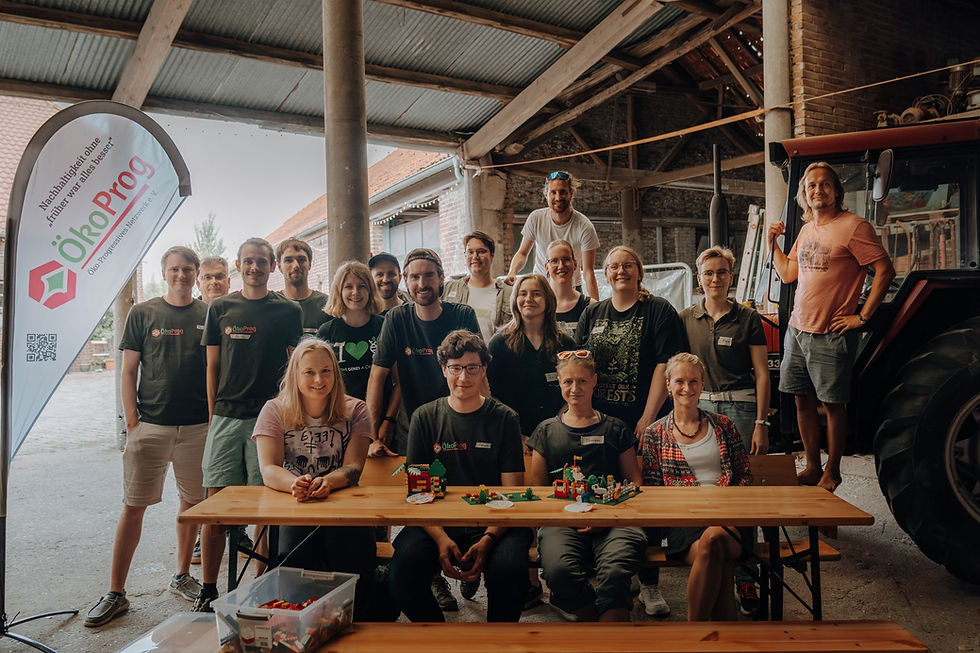Citizen Science in Austria
- Taskscape Associates
- May 5
- 3 min read
Updated: Jul 4
Four Days, Thousands of Species! How FRAMEwork helped organise Neusiedl am See joining the World's Biggest Nature Hunt...

Picture this: Over 100,000 people across 669 cities worldwide, smartphones in hand, crouching in gardens, peering into bushes, and photographing everything from tiny beetles to soaring storks. This was the City Nature Challenge 2025, and for the fifth consecutive year, the region around Neusiedl am See, the location of FRAMEwork's Burgenland Farmer Cluster, was right in the thick of it. We were pleased that our project was able to help organise and promote their event.
This year, the challenge took place from Friday, 25 April to Monday, 28 April, with the humble Common Dandelion taking home the crown as the world's most observed species. But the overall numbers were staggering. Around 103,000 people documented more than 3.3 million wildlife observations, recording over 73,765 species, including more than 3,338 rare, endangered, or threatened.
Austria made a particularly strong showing in 2025, with 14 regions participating and contributing a remarkable 121,965 observations to the global total. Among these regions, Neusiedler See/Seewinkel recorded 3,523 observations documenting 828 different species, with 365 identifiers helping to verify and classify the findings. These numbers represent not just data points, but many of people taking time to explore and document the natural world around them. It was fantastic for our project's own Marie Louise Wohlmuth to be involved.

For those unfamiliar with this corner of Austria, the Neusiedl am See region is something special. Centered around Lake Neusiedl, Central Europe's largest endorheic lake, the landscape is a remarkable patchwork where the Alps meet the Pannonian Plain. The Neusiedler See-Seewinkel National Park, as Austria's only steppe national park, offers habitats you won't find anywhere else in the country, from alkaline pools that regularly dry out to extensive reed beds that shelter countless bird species.
This year's challenge area was ambitious, covering the entire National Park, all communities east of the lake, the Nature Park Neusiedler See-Leithagebirge, and even stretching across the border to include parts of Hungary's South Hanság region. The cross-border nature of the participation reflects the spirit of the lake itself, which has been a UNESCO World Heritage site since 2001. After all, birds don't check passports when they migrate, so why should nature observations stop at human boundaries? You can find out more about the work of the project's Farmer Cluster located their on Recodo, and look out for a video taking you into their work and landscape coming to our YouTube channel in 2025.

The City Nature challenge creates an interesting dynamic: it's simultaneously a competition between regions (who can record the most species?) and a collaborative effort to document urban, suburban and agricultural biodiversity. Every observation, whether it's a rare orchid or a common pigeon, contributes to our collective understanding of where and how wildlife thrives alongside human communities.
This years' challenge has wrapped up, but the observations continue. After all, nature doesn't stop being interesting just because the official counting period is over. So keep the iNaturalist app handy, you never know when you might spot something worth sharing with the world.
Want to explore the observations for yourself? Visit iNaturalist, where you can also search for previous years' pages for Neusiedler See-Seewinkel as well as observations from across FRAMEwork's areas. And mark your calendars for 2026 when challenge will take place from April 24-27.
See some more photos from the day below by BOKU's Marie Louise Wohlmuth...





















